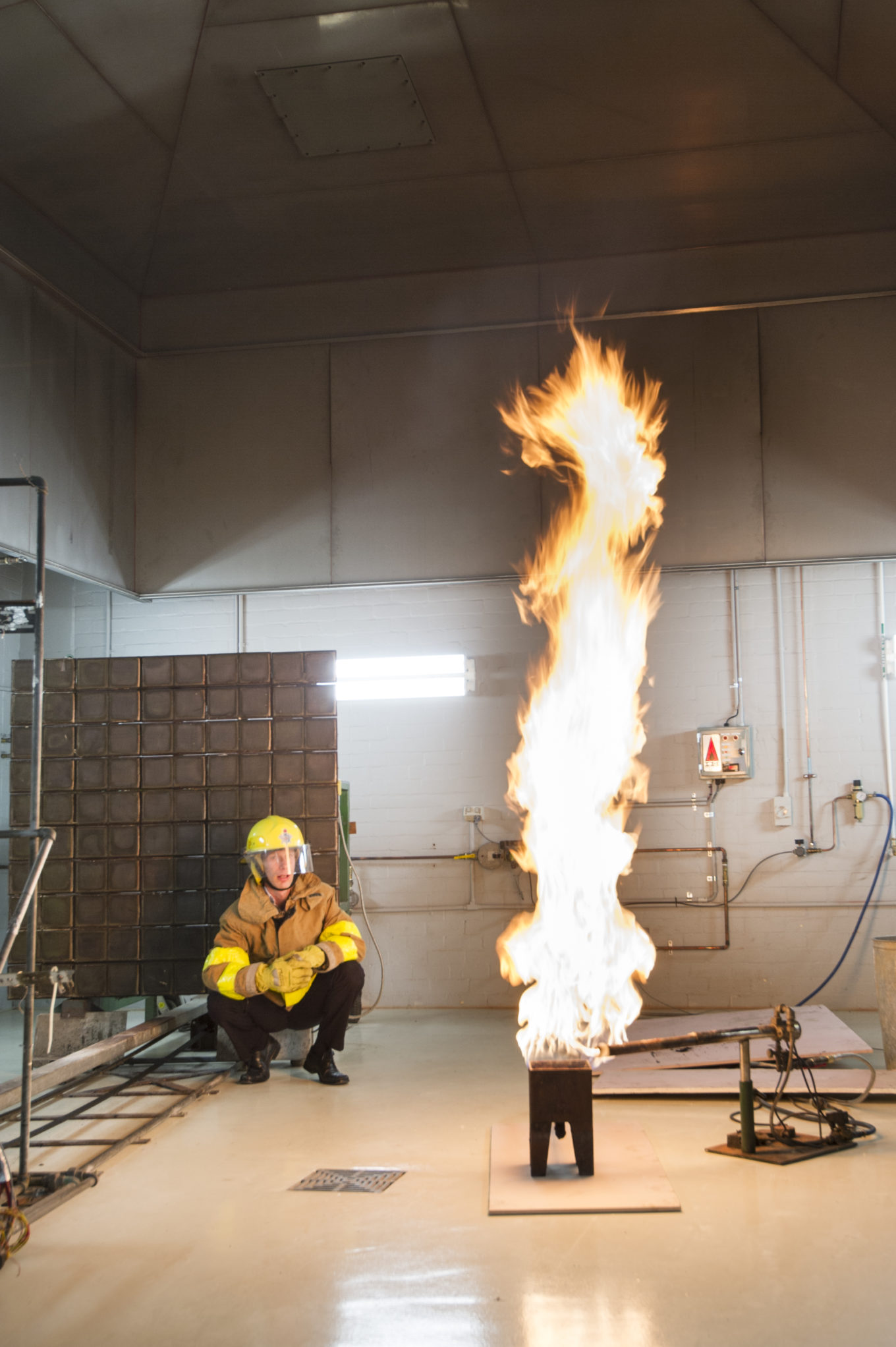Fire safety is an essential aspect of both individual and professional spaces, affecting how we shield our houses, organizations, and family. With heightened awareness of the risks posed by fire perils, the demand for robust fire safety services has never been greater. Advancements in this field are not just altering the way we think fire prevention and reaction, but are also saving lives and reducing property damage. From smart technologies that boost fire identification to extensive training programs aimed at readiness, these developments form the backbone of today's fire safety standards.
As we explore the evolving landscape of fire safety services, it becomes evident that knowledge and planning are key elements in preventing disasters. Recognizing the significance of fire drills, performing regular risk assessments, and making sure compliance with safety regulations are all vital steps in safeguarding our spaces. Moreover, acknowledging common fire hazards in homes and businesses allows individuals and entities to take anticipatory measures. In this article, we will discuss necessary tips, strategies, and the latest innovations that are molding the future of fire safety, providing insights for everyone from residents to various industries.
Essential Fire Safety Tips
Implementing effective fire safety measures is essential for protecting your home and business from likely fire hazards. Start by confirming you could try here are set up throughout your property. These devices should be checked monthly, and the batteries swapped at least once a year. Smoke alarms play a critical role in early fire detection, giving you critical time to evacuate and call for help if necessary. Moreover, it is advisable to have fire extinguishers readily on hand, especially in hazardous areas such as kitchens and garages. Educate yourself with how to operate them and ensure they are upkept and serviced regularly.
Creating a thorough fire escape plan is another important step in safeguarding lives. This plan should include distinct escape routes and designated meeting points outside, making sure that every family member or employee knows how to exit without incident in case of an emergency. Conduct regular fire drills to practice the plan, ensuring it is familiar to everyone involved. Consider special needs while planning and ensure that fire exits are never blocked or obstructed. By reviewing your escape plan, you improve the likelihood of a safe and quick evacuation during an real fire event.
Knowledge of common fire hazards can also help in fire prevention. Regularly inspect your home or workplace for potential risks, including defective electrical wiring, overburdened outlets, and inappropriately kept flammable materials. In kitchens, be wary with cooking equipment; stay attentive while cooking and keep flammable items away from hot surfaces. During winter months, take care to service heating appliances and use them according to producer guidelines. By recognizing and addressing these hazards, you can significantly reduce the risk of a fire occurring in your environment.
Fire Safety Planning and Readiness
Effective fire safety planning is vital for both homes and businesses. Understanding common fire hazards and executing preventive measures can drastically reduce the chance of a fire occurring. Essential tips include making sure that flammable materials are kept securely, keeping exits clear, and using fireproofing techniques for your property. By carrying out regular fire risk assessments, homeowners and business owners can detect vulnerabilities and take preemptive steps to lessen risks.
An additional critical component of fire safety preparedness is establishing an operational fire escape plan. This plan should outline clearly marked escape routes, designated meeting points, and specific roles for family members or employees during an emergency. Regular fire drills reinforce this plan and ensure everyone knows what to do in case of a fire, increasing both preparedness and confidence in emergency situations. It's crucial to assess and practice this plan regularly to ensure readiness.
In addition, integrating advanced fire safety technologies, such as smoke alarms and fire suppression systems, can improve preparedness considerably. Regular maintenance and testing of these devices are vital to ensure they function correctly when needed. Businesses should also concentrate on training employees on fire safety protocols, as it equips them to respond effectively to fires. By prioritizing these practices, individuals and organizations can cultivate a culture of fire safety that protects lives and property.
Advancements in Fire Safety Technology
Recent groundbreaking developments in fire protection technology have changed the way businesses and homes approach fire protection. One of the most notable innovations is the integration of smart technology into fire detection and suppression systems. Smart smoke detectors can now link with smartphones, providing real-time alerts and updates on fire risks, while connected fire extinguishers equipped with sensors can guide individuals on the best techniques for extinguishing different types of blazes, enhancing the performance of fire responses.
Another advancement in fire safety technology is the development of state-of-the-art fire suppression systems. These systems utilize green agents and can be tailored based on the specific needs of various settings, such as kitchens, data centers, and warehouses. The use of misting systems, which use tiny water droplets to douse fires, minimizes water damage while effectively controlling flames. These innovations not only enhance safety but also lessen the secondary damage often associated with conventional firefighting methods.
Ultimately, the impact of AI and the Internet of Things in fire safety cannot be neglected. AI-driven systems assess data from different sources, predicting potential fire hazards and automatically adjusting fire safety measures accordingly. IoT devices can provide ongoing monitoring of fire risks in actual time, allowing for proactive rather than reactive strategies. As these technologies continue to evolve, they are set to enhance fire protection, making it more advanced, more effective, and ultimately saving human lives and possessions.

